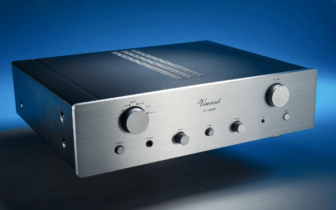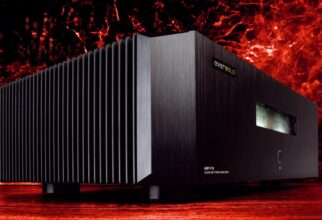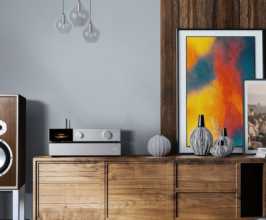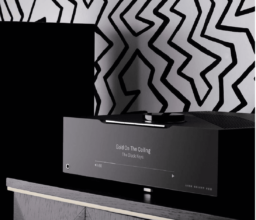Sony TA-AN1000 Review
Sony is heavily involved in the topic of 3D audio and even has its own object-based audio format with 360 Reality Audio. Now there is a matching AV receiver.
By Klaus Laumann
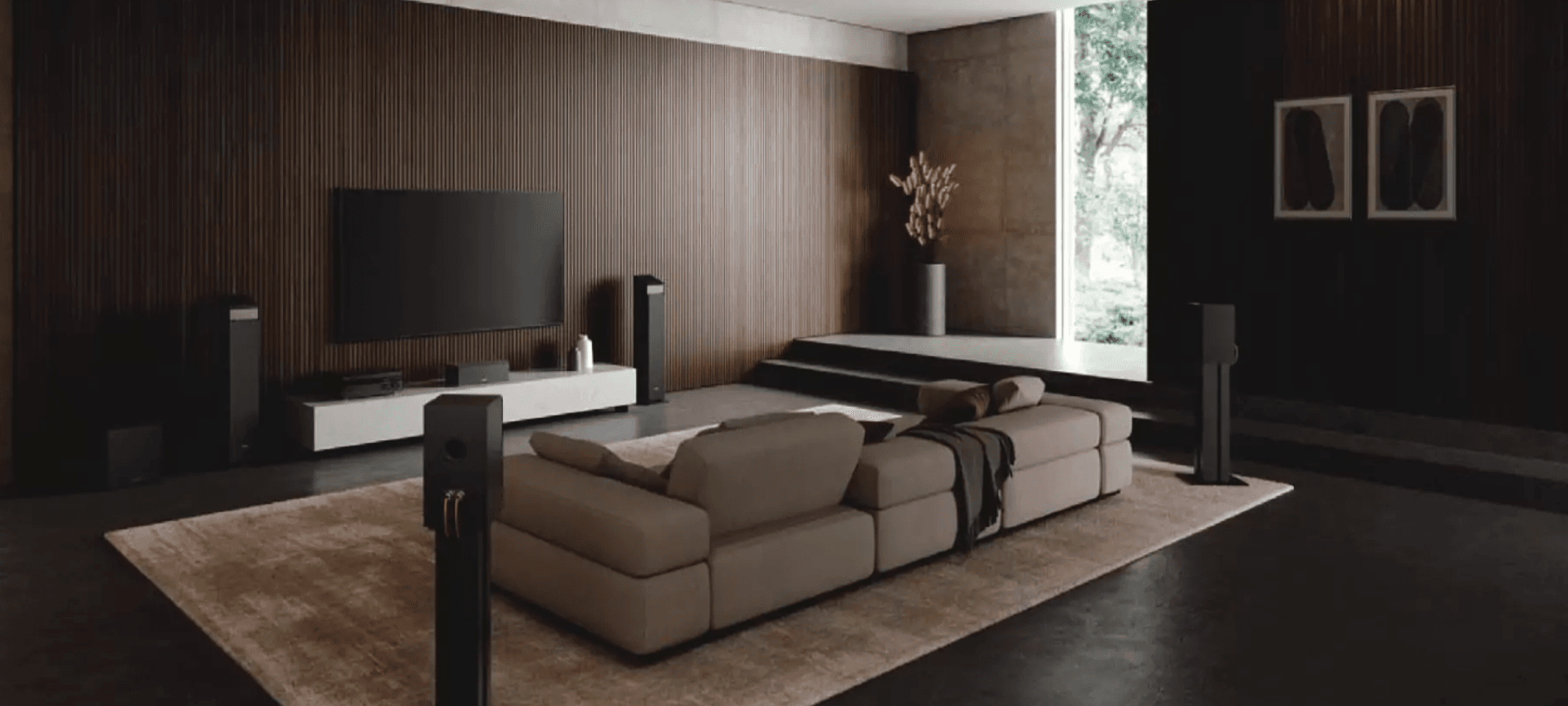
It required a somewhat longer period of exploration, but then Sony not only had the trending topic of 3D audio on its radar but placed it at the top of its priority list. As one of the few protagonists in this field, the Japanese have both the courage and the know-how not to be solely dependent on the license-based specifications of Dolby and DTS. With “360 Reality Audio,” they even have their own proprietary object-oriented audio format on the market. It is based on MPEG-H 3D Audio, a next-generation 3D audio codec developed by the audio experts at the Fraunhofer Institute for Integrated Circuits in Erlangen, specifically designed for broadcasting and streaming infrastructures.
As an entertainment corporation, Sony has the entire playback chain in view, offering a production tool for sound studios, collaborating for transmission with leading audio streaming platforms like Tidal, Deezer, or Amazon Music Unlimited, and also has the appropriate playback devices on offer. These include, besides various own headphones, the two wireless 3D speakers SRSSA3000 and SA5000, the 7.1.2-channel flagship soundbar HT-A7000 as well as its smaller siblings A5000 and A3000, the home theater system HT-A9, and, quite new, the recently announced portable counterpart HT-AX7.
The fact that Sony concentrates on music production when it comes to 3D audio is certainly also because they are aware of Dolby Atmos’s dominance in the cinema sector. They are more focused on concert transmissions, whether live or recorded, where a 3D format can convey the atmosphere much better and thus create an impressively realistic listening experience.
360 SPATIAL SOUND MAPPING
Added to the above-listed device selection is now the new AV receiver TA-AN1000, which brings an interesting feature. Sony consistently utilizes the advantages of object-based audio playback and frees itself from the tight corset of specifications for channel-based home cinema systems with the 360 Spatial Sound Mapping technology. Instead, the AV receiver determines the number and position of the actually connected speakers using the in-house calibration system “Digital Cinema Auto Calibration” D.C.A.C. IX and recalculates the playback accordingly, generating several phantom sound sources as support.
The speakers do not necessarily have to be set up exactly according to a specific channel scheme. The recalculation works even better the more evenly the speakers are distributed around the listening position. For compatibility reasons alone, one will stick to a classic 5.1 arrangement, ideally supported by two height speakers. Remaining in the classic home cinema terminology, 360 Spatial Sound Mapping is thus a clever combination of calibration and upmixer that can adapt extremely flexibly to the available speaker setup.
The home cinema system HT-A9 could already convince with this, but with full-size speakers on the TA-AN1000, it’s another level. The Sony then delivers a spatially extremely coherent sound image with very precisely placed effects. With suitable 3D content, whether music in Sony’s 360 Reality Audio format or films with Dolby Atmos soundtrack, it’s a real experience.
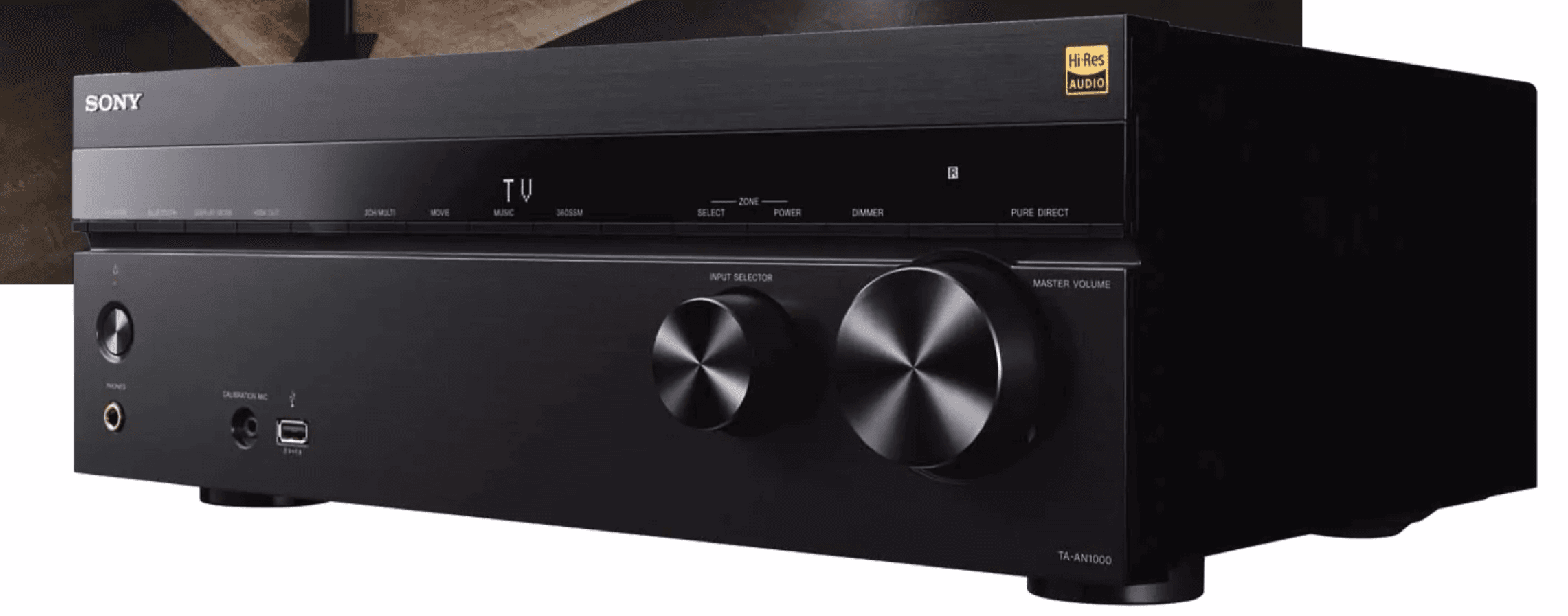
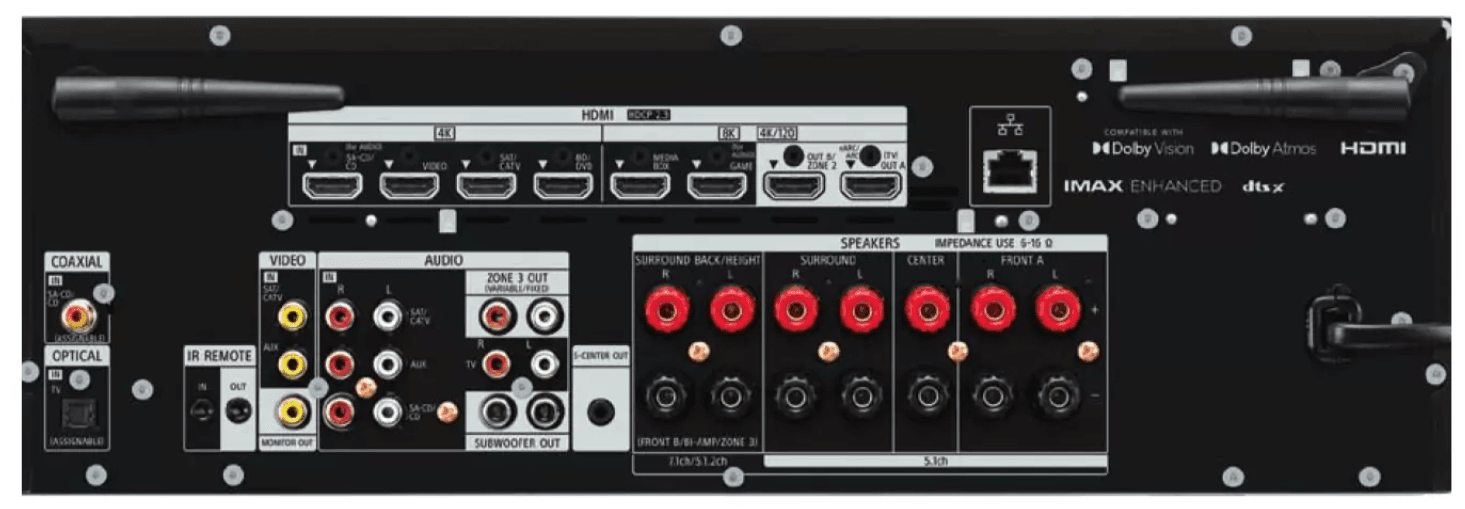
TEST LAB
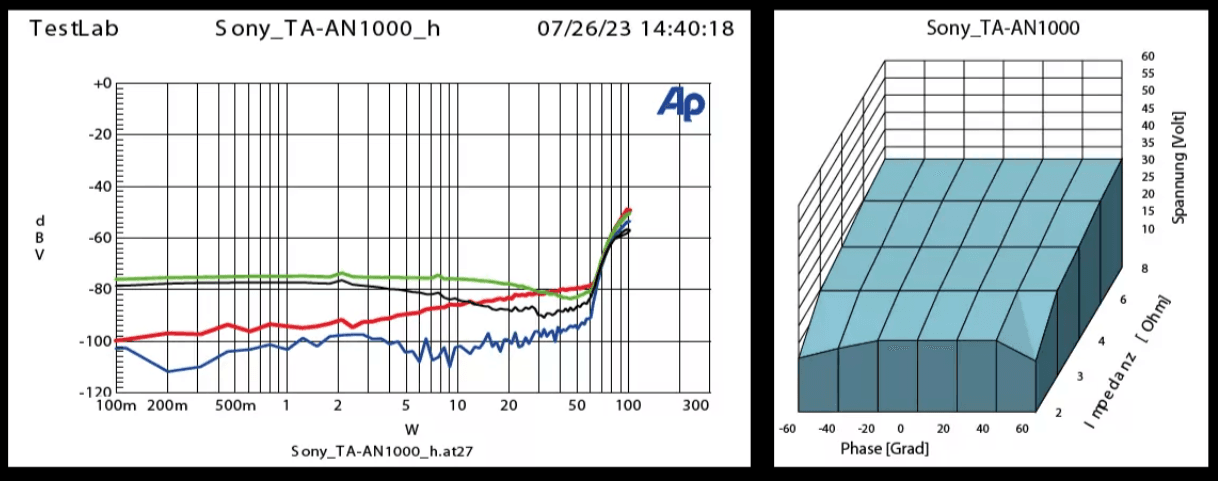
Low harmonic distortion, k3 (green) is predominantly the strongest distortion component; stable behavior on complex loads (see figure right). Sine power stereo (8/4 Ω): 115/170 W. Complex music power stereo (8/6/4/3/2 Ω): 125/150/185/205/175 W. Limited 5-channel output power of 70/65 W (8/4 Ω). Good headphone output also suitable for low-impedance models (26 Ω). Increased SNR in all DSP sound modes (around 60 dB(A), presumably defective), SNR Pure Direct/analog: 104 dB(A). Power consumption (standby/operation) 0.5–3.2 W / 40–65 W. Audio rating 6.4/10
Specs
- List Price: €999
- Warranty: 2 years
- Dimensions (W × H × D): 43.0 × 15.6 × 33.1 cm
- Weight: 10.3 kg
Connections
- HDMI In (Version): 6 total (2 × HDMI 2.1, 4 × HDMI 2.0)
- HDMI Out (Version): 1 × eARC (2.1) + 1 × (2.1)
- Analog Video In: 2 × composite (FBAS)
- Analog Video Out: 1 × composite (FBAS)
- Line In / Out: 4 / (0.2.0 + 2.0)
- Digital In: 1 × optical, 1 × coaxial
- Digital Out: —
- Phono (MM/MC): none
- Front Inputs/Outputs: Headphone, USB‑A, calibration microphone
- LAN / WLAN: yes / yes
- Bluetooth (RX / TX): yes / yes
- Amp Channels / Binding Posts: 7 / 7
- Bi‑Amping: yes
Features
- Video Formats: up to 8K @ 60 Hz, HDR10, HLG, Dolby Vision
- Audio Formats: Dolby Atmos, DTS:X, Sony 360 Reality Audio
- Hi‑Res PCM / DSD: up to 96 kHz/24 bit, DSD256
- LipSync: adjustable, 0–300 ms
- LFE Crossover: fixed
- Auto‑Calibration: D.C.A.C. IX
- Remote Control: (no learning / no backlight)
- On‑Screen Display: yes
- Smartphone App: Sony Music Center (Android 5.0+ / iOS 11.0+)
- USB/Network Playback: yes / yes
Network & Streaming
- Multiroom: Works with Sonos
- Streaming Services: AirPlay 2, Chromecast built‑in, Spotify Connect, Roon tested
- Notable Extras: S‑Center Out, can pair with Sony wireless satellites/subwoofer, IMAX Enhanced
Verdict
Sony goes its own way when it comes to 3D audio. With the TA-AN1000, an existing multi-channel setup can now be upgraded with the truly successful 3D audio algorithms of the Japanese. The only drawback: Priced towards the entry-level segment, Sony makes corresponding compromises. Should a somewhat more audiophile counterpart come, I’ll grab it immediately!
Pros
- Very powerful 3D audio processor
Cons
- Overall rather sparse feature set
Sound Quality (2.0 / 5.1 / HD): 85 / 93 / 100
- Converted to a rough 10‑point scale:
- Stereo (2.0): ~8.5 / 10
- Surround (5.1): ~9.3 / 10
- HD format: ~10 / 10 (the original rating goes to 100)
Equipment (“Ausstattung”): sehr gut ⇒ ~9 / 10
Operation (“Bedienung”): sehr gut ⇒ ~9 / 10
Build Quality (“Verarbeitung”): gut ⇒ ~8 / 10
Overall Rating: 93 points — “Überragend” (Outstanding)
- ~9.3 / 10 on a 10‑point scale

I Didn't Want to Buy This! Sony TA-AN1000 AV Receiver - Multi-Zone Monster!
I today's video we take a look at the Sony TA-AN1000 AV Receiver that I unfortunately had to buy to replace my dying Denon ...



